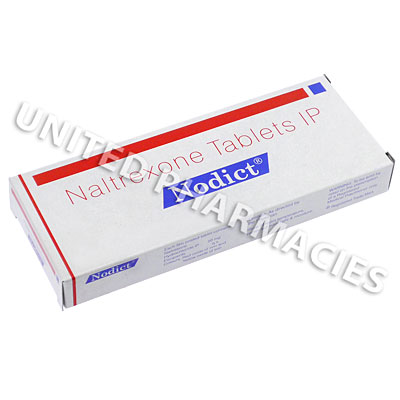
Amaryl Price Us
Glimepiride is used to treat high blood sugar levels caused by type 2 diabetes.

At present, these are off-label uses. The drug is in a class of medicines known as opiate antagonists.
It belongs to a group of drugs known as opioid antagonists. Naltrexone is used in pharmacotherapy, in which a drug of dependence is replaced with a prescribed drug. Naltrexone can also be prescribed to people with alcohol dependence. Naltrexone can be prescribed to people with alcohol dependence. Its use in that context works in several ways, it can
Powerful synthetic opiates are essential tools for capturing and handling wild animals. These drugs provide rapid and relatively long-lasting immobilization that can be completely reversed by specific opiate antagonists. Although some animals initially recover within minutes of receiving an antagonist, others will revert to a partially or completely narcotized state several hours later. Using long-acting opiate antagonists should prevent or minimize renarcotization in wild animals immobilized with synthetic opiates. Unfortunately, the effective durations of most available antagonists appear too short to completely prevent renarcotization in large wild animals immobilized with opiates. Renarcotization has been observed with the use of diprenorphine, nalmefene and ornaloxone HCL to antagonize opiates.
Here, the engineering of genes with multiple regulatory ele- ments combined from different genes has been proposed. Gene therapy ex vivo with autologous hepatocytes is well suited for study in mouse systems. The tech- niques for stimulating hepatocyte proliferation and repopulation by donor cells autologous or allogeneic are well established, and the approach, in principle, is reasonable from a clinical standpoint. This technique may be especially useful in the modeling of gene therapy for monogenic disorders. Mice can express a transgene encoding a potential thera- peutic molecule and mated to a mutant mouse strain displaying the relevant disease.
| Package | Per Pill | Total Price | Order |
|---|---|---|---|
| 28 Pills | $1.29 |
$35.99
|
Add to cart |
| 56 Pills | $0.84 |
$46.99
|
Add to cart |
| 84 Pills | $0.67 |
$55.99
|
Add to cart |
| 112 Pills | $0.60 |
$66.99
|
Add to cart |
| 168 Pills | $0.54 |
$90.99
|
Add to cart |
| 224 Pills | $0.49 |
$108.99
|
Add to cart |
Another method for taking low dose Naltrexone is to take a 50 mg Naltrexone tablet and dissolve it Cipro 50 mg naltrexone Mg in 50 ml of distilled water. Naltrexone 3mg Tablets 5 lbs. After 8 weeks — among obese females. Low-dose naltrexone is a specially compounded capsule of 1. Naltrexone Administration and Dosage. When taken at much smaller doses it may allay neurological symptoms.
Concomitant use of opioids should be avoided but increased dose of opioid analgesic may be required for pain—manufacturer advises to monitor for opioid intoxication. Abdominal pain; anxiety; appetite abnormal; arthralgia; asthenia; chest pain; chills; constipation; diarrhoea; dizziness; eye disorders; headache; hyperhidrosis; mood altered; myalgia; nausea; palpitations; sexual dysfunction; skin reactions; sleep disorders; tachycardia; thirst; vomiting. Alopecia; confusion; cough; depression; drowsiness; dry mouth; dysphonia; dyspnoea; ear discomfort; eye discomfort; eye swelling; feeling hot; fever; flatulence; flushing; hallucination; hepatic disorders; lymphadenopathy; nasal complaints; oropharyngeal pain; pain; paranoia; peripheral coldness; seborrhoea; sinus disorder; sputum increased; tinnitus; tremor; ulcer; urinary disorders; vertigo; vision disorders; weight changes; yawning. Manufacturer advises caution in mild to moderate impairment; avoid in severe or acute impairment, acute hepatitis, or hepatic failure. Caution in mild to moderate impairment; avoid in severe impairment. Consider dose adjustment in mild to moderate impairment.

Also used to treat opioid addiction, Naltrexone is one of three medications approved by the Food and Drug Administration FDA to treat alcoholism. Naltrexone has been effectively treating alcohol use disorders for more than 20 years. Initially, Naltrexone was used to treat opioid addiction, including heroin treatment. 50 mg naltrexone addicts taking Naltrexone no longer experienced the pleasurable sensations association with opioid use, and were therefore less motivated to continue drug abuse. It was discovered that the same was true for alcoholics.
Problem voltaren 25 mg diclofenac natrium is associated with an increased risk of violence, accidents, and suicide. Although addiction is a severe and chronic disease, it can be effectively managed. With comprehensive treatment plans, people can go on to make a full recovery from drug or alcohol abuse. For treatment to be a success, patients in recovery require integrated, holistic treatment plans. Naltrexone can be taken as either a tablet or an injectable, and most patients are given a dose of 50 milligrams once per day.
Naltrexone hydrochloride tablets are indicated in the treatment of alcohol dependence and for the blockade of the effects of exogenously administered opioids. Naltrexone is contraindicated in acute hepatitis or liver failure, and its use in patients with active liver disease must be carefully considered in light of its hepatotoxic effects.
How did a drug used to treat opioid addiction become a potential breakthrough medication for managing symptoms of over 15 different conditions? Originally, naltrexone came to market as a drug used to treat heroin and opioid addiction.
Naltrexone medication can help decrease alcohol or opioid cravings by blocking their effects, but it can lead to overdose if misused. This medication can help decrease the desire to consume alcohol or opioid drugs.
Low-dose naltrexone therapy helps to relieve pain and fatigue associated with fibromyalgia and chronic fatigue syndrome. Naltrexone is a medication that has been used to treat alcohol dependence and opioid-use disorder for more than 30 years. It also explains the side effect of LDN therapy and what to avoid when taking naltrexone. 50 mg naltrexone a normal dose of 50 to milligrams mg, naltrexone blocks the effects of opioid pain relievers and alcohol. It works by binding to opioid and endorphin receptors, preventing the feel-good molecules in alcohol and opioids from attaching.

Stark; Off-label use of 50 mg naltrexone for compulsive behavior. Mental Health Clinician 1 September ; 5 5: — The objective of this case summary is to evaluate the potential role of naltrexone in reducing compulsive behaviors in a psychiatric patient. Naltrexone is an opioid antagonist that is approved for the treatment of opioid dependence and alcohol dependence. Naltrexone has been studied in autism, self-injurious behavior, and trichotillomania, which indicates that it has a possible benefit in compulsive disorders.